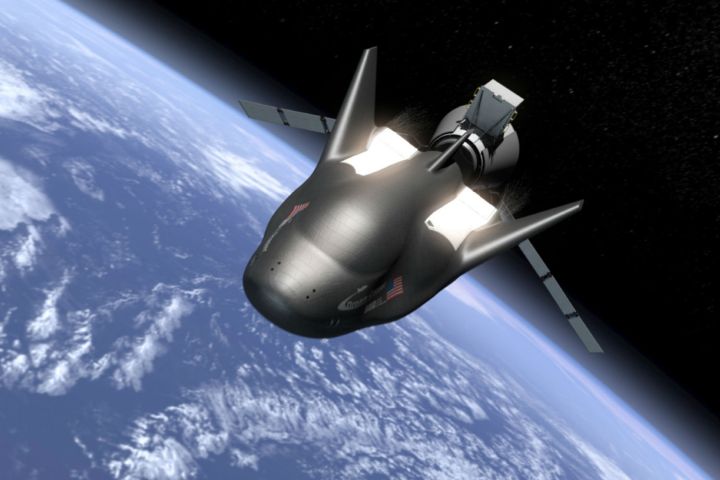
The UN announced its plans during the International Astronautical Congress in Guadalajara, Mexico, this past week. The theme is “making space affordable and accessible to all countries,” and the UN appears to be set to do just that.
The organization plans to purchase a Dream Chaser spaceplane to fly these experiments into space. The spaceplane is manufactured by the Nevada-based Sierra Nevada Corporation’s (SNC) Space Systems, and is the culmination of a summerlong effort between the two groups to find a feasible way for the international body to enter the space race on behalf of countries that otherwise cannot.
Participating nations will be asked to pay a prorated portion of the cost of the experiment, based on two factors: The actual cost of their portion of the mission combined with their ability to pay. Funding is expected to come from a variety of sources — not just the UN’s own coffers — with a funding deadline of 2018, according to the UN’s Office of Outer Space Affairs.
“We will continue to work closely with SNC to define the parameters of this mission, which, in turn, will provide United Nations Member States with the ability to access space in a cost-effective and collaborative manner within a few short years,” Simonetta Di Pippo, the office’s director, said. “The possibilities are endless.”
The UN will work with countries looking to launch their payloads into space, including offering of technical support to those countries that may not have the expertise to plan for payloads in microgravity. While any member country will be able to launch payloads into space, the focus initially will be on those nations without a real space program.
Sierra Nevada already has won a contract to supply the International Space Station between 2017 and 2024, and its planes can either fly with a crew or autonomously. It’s not immediately clear whether or not the UN’s 2021 mission would be a manned one. Regardless, Sierra Nevada sees it as a win for both the company itself and the world at large.
“At SNC, our goal is to pay it forward,” owner and President Eren Ozmen said in a statement. “That means leveraging the creation and success of our Dream Chaser spacecraft to benefit future generations of innovators like us all around the world.”
Editors' Recommendations
- Dead Space remake livestream confirms 2023 release plan
- iPhone in space: SpaceX crew shares Earth image shot on Apple’s handset
- SpaceX plans to beam its Starlink internet to vehicles, not just homes
- Cool footage shot from a helicopter shows SpaceX’s latest rocket launch
- Engineers may have solved the problem of artificial gravity for space habitats


